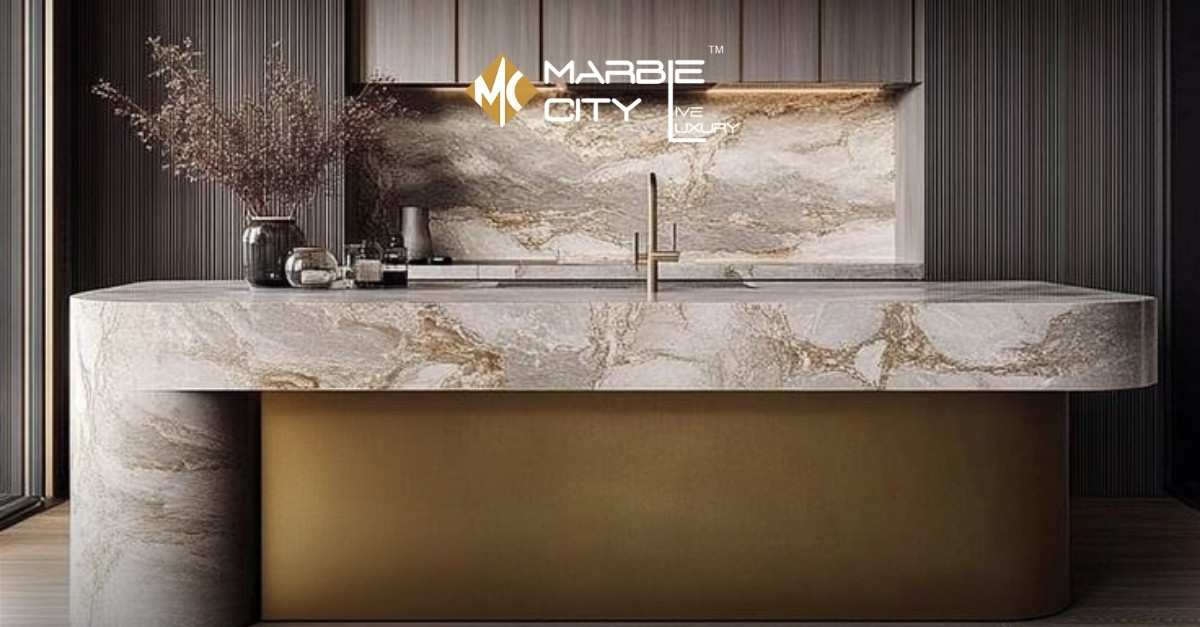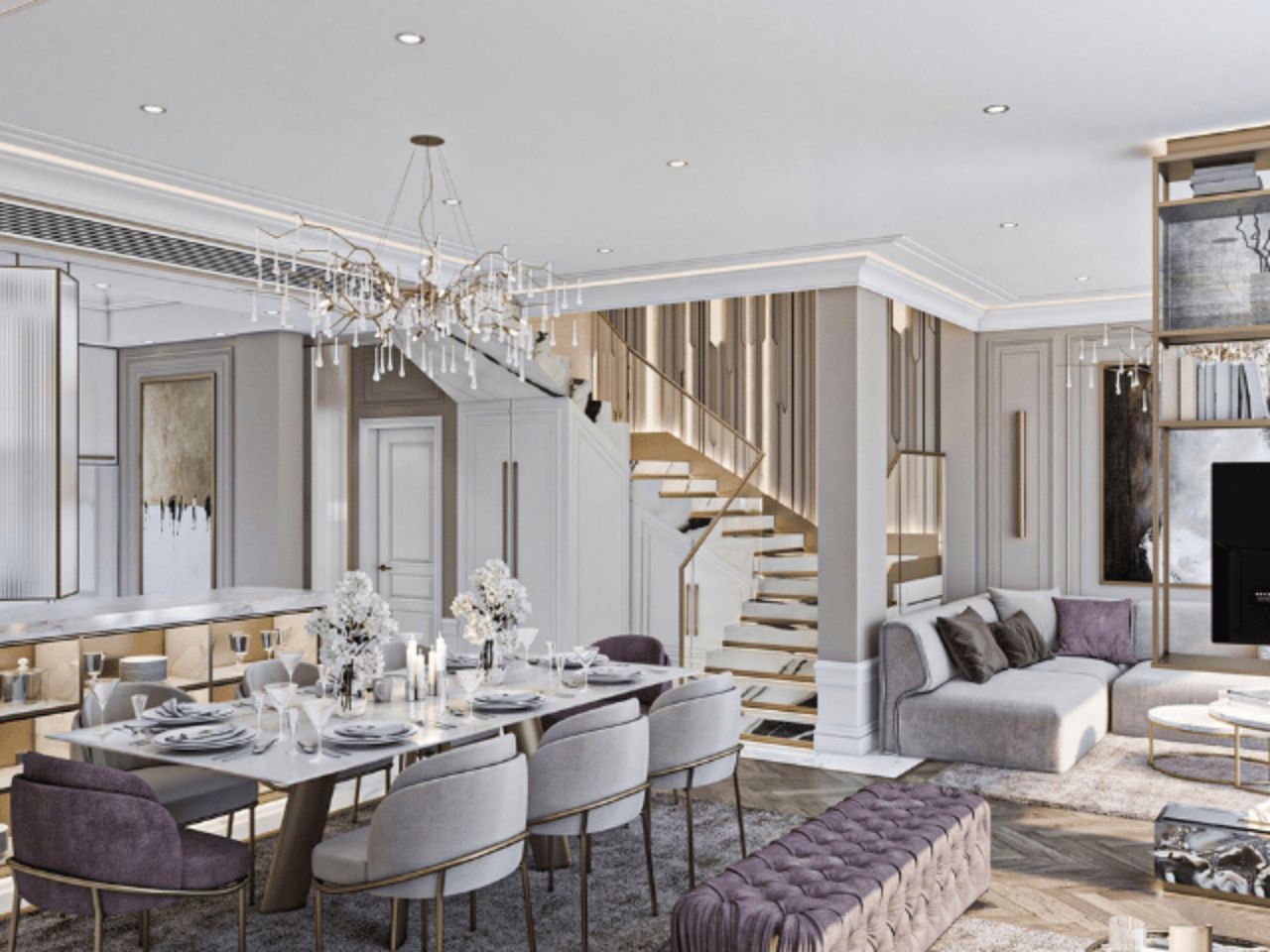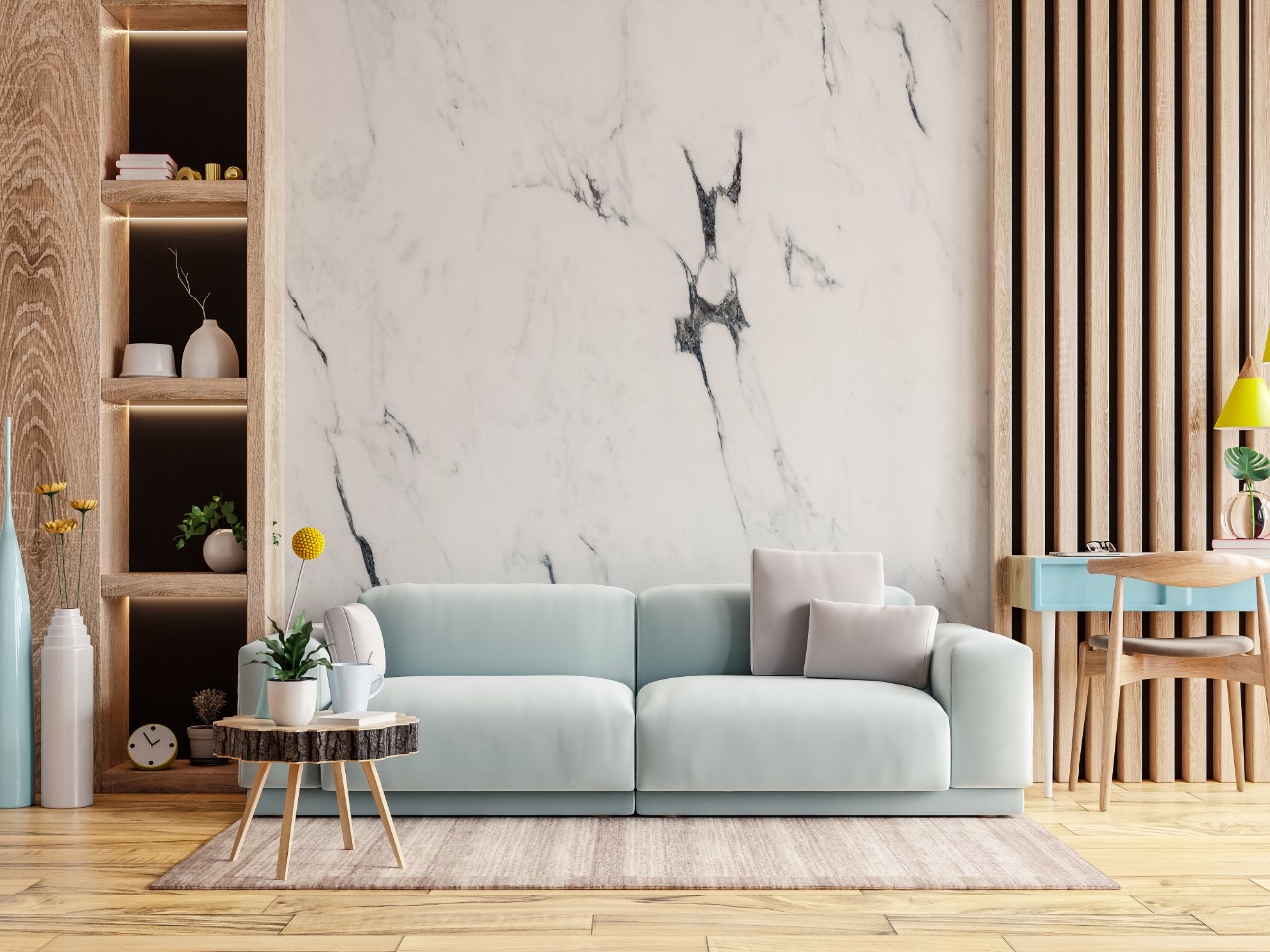
When it comes to surface materials in contemporary architecture and interior design, the debate often narrows down to two high-performance options: natural marble and sintered stone. Both have proven their place across applications, from sleek kitchen islands to expressive facades, but their strengths and limitations vary depending on context.
For architects, designers, and homeowners seeking to make informed, forward-thinking decisions, recognizing these distinctions can result in enhanced material choice, sophisticated aesthetics, and lasting performance.
Knowing the Materials
Natural Marble
A centuries-aged metamorphic, rock marble is prized for its natural veining, soft appearance, and enduring design language.
Key traits:
1. Organic occurring patterns; each slab unique
2. Soft, porous surface
3. Needs frequent sealing and maintenance
4. Best suited for high-end interiors and low-traffic surfaces
Sintered Stone
Sintered stone is a manufactured surface engineered by the process of compacting raw materials (minerals, clays, pigments) at high heat and pressure — forming a dense, hard-wearing surface.
Principal features:
1. Uniform design, offered in stone-like or industrial finishes
2. Non-porous, scratch and UV-resistant
3. Maintenance requirements are low
4. High-traffic and exterior uses
Material Performance by Application
Whether to choose marble or sintered stone relies on where and how the material will be utilized. What follows is a detailed breakdown by application:
Facades
Marble:
1. Provides high visual impact, particularly with honed or textured finishes
2. Natural material can weather over time and requires sealing
3. Structural load is increased with heavier slabs
Sintered Stone (e.g., Techlam):
1. Thin, lightweight slabs that are perfect for vertical use
2. UV- and weather-resistant for prolonged outdoor exposure
3. Low maintenance, with uniform finishes in large formats
Verdict:Sintered stone is generally used for modern facades because it is structurally efficient and weather-proof.
Flooring
Marble:
1. Cooler to walk on, visually classy in big open rooms
2. Sensitive to staining or etching in high-traffic areas
3. Ideal for formal living rooms, lobbies, and gallery-style hallways
Sintered Stone:
1. Excellent scratch and impact resistance
2. Consistent texture minimizes visual fatigue for vast floors
3. Easy to clean, ideal for residential and commercial use
Verdict:Marble is best for design-led, controlled spaces; sintered stone is best suited for spaces that require durability and convenience.
Kitchen Countertops
Marble:
1. Provides a tactile, warm surface that enhances kitchen design
2. Permeable nature exposes it to spills and acid
3. Requires sealing to avoid staining
Sintered Stone (e.g., Uniterra):
1. Heat, stain, scratch resistant
2. Non-porous and food-safe
3. Can be cut in large slabs, reducing joints on countertops
Verdict:For functional, low-maintenance kitchens, sintered stone offers unparalleled performance without sacrificing a sleek appearance.
Wall Panels and Features
Marble:
1. Veining creates dramatic backdrops or statement walls
2. Bookmatching maximizes visual continuity
3. Delivers value and depth to high-end interiors
Sintered Stone:
1. Enables bigger, lighter panels for simple installation
2. Provides the same patterns without the fluctuation of natural stone
3. More even in tone, which is well-suited to modern and minimalist design
Verdict:Both are suitable here. Use marble for originality and sintered stone for consistency and size.
Material Selection Factors
When choosing materials for a room, keep these main factors in mind:
1. Traffic & Usage:Is the space likely to be subject to wear, spills, or heavy traffic?
2. Maintenance:Can regular maintenance be controlled?
3. Visual Intent:Is the aesthetics based on pattern uniqueness or clean consistency?
4. Environmental Exposure:Is the material going to be exposed to heat, UV, or moisture?
Finding Balance Between Aesthetic and Function
It's not necessarily an either/or. Both materials are used strategically on many projects, for example, sintered stone for kitchen tops and marble accent walls to provide contrast and balance.
With changing architectural requirements, surface materials must hold form and duty. By understanding their virtues, natural marble and sintered stone can be leveraged to their full extent, crafting spaces that are visually appealing, durable, and long-lasting.







LET'S GET IN TOUCH